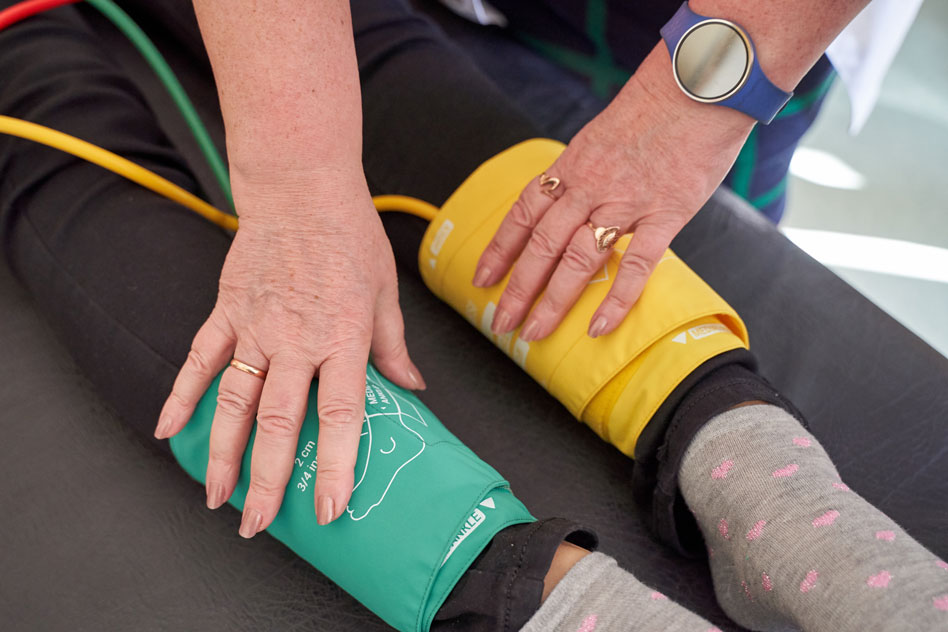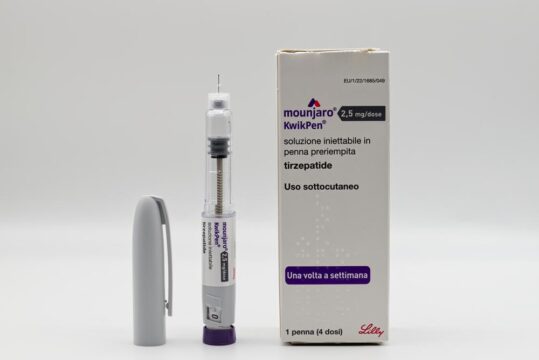Advertisment
Home-based walking exercise is best “first line” intervention for PAD

Among persons with PAD (peripheral artery disease) home-based walking exercise appears to improve 6-minute walk (6MW) more than supervised treadmill exercise.
Investigators reported this finding on Sept 21, 2023 in JAMA Network Open.
“Few people with lower extremity peripheral artery disease (PAD) participate in supervised treadmill exercise covered by the [US] Center for Medicare and Medicaid Services,” the authors said. “In people with PAD, the benefits of home-based walking exercise, relative to supervised exercise, remain unclear.
To address this issue, the investigators conducted a meta-analysis of combined data from 5 randomized clinical trials of exercise therapy for PAD published from 2009 to 2022.
Of the 5 clinical trials, 3 compared supervised treadmill exercise to non-exercise control (N = 370), and 2 compared an effective home-based walking exercise program to non-exercise control (N = 349).
The treadmill intervention consisted of treadmill exercise supervised by an exercise physiologist, conducted 3 days weekly for up to 50 minutes per session.
The home-based walking exercise consisted of a coach helping the subject walk for exercise at home for up to 5 days per week for 50 minutes per session.
The researchers included data from 719 subjects with PAD (mean age 68.8 years; 46.5% female), among whom 349 used a home-based exercise program and 370 used supervised treadmill exercise.
They found that, when compared with non-exercise control subjects, supervised treadmill exercise significantly improved 6 minute walk distance by 32.9 meters (P < .001), and home-based walking exercise significantly improved 6 minute walk distance by 50.7 meters (P < .001).
The authors concluded, “In this individual participant data meta-analyses, compared with supervised exercise, home-based walking exercise was associated with greater improvement in 6MW in people with PAD. These findings support home-based walking exercise as a first-line therapy for walking limitations in PAD.”





